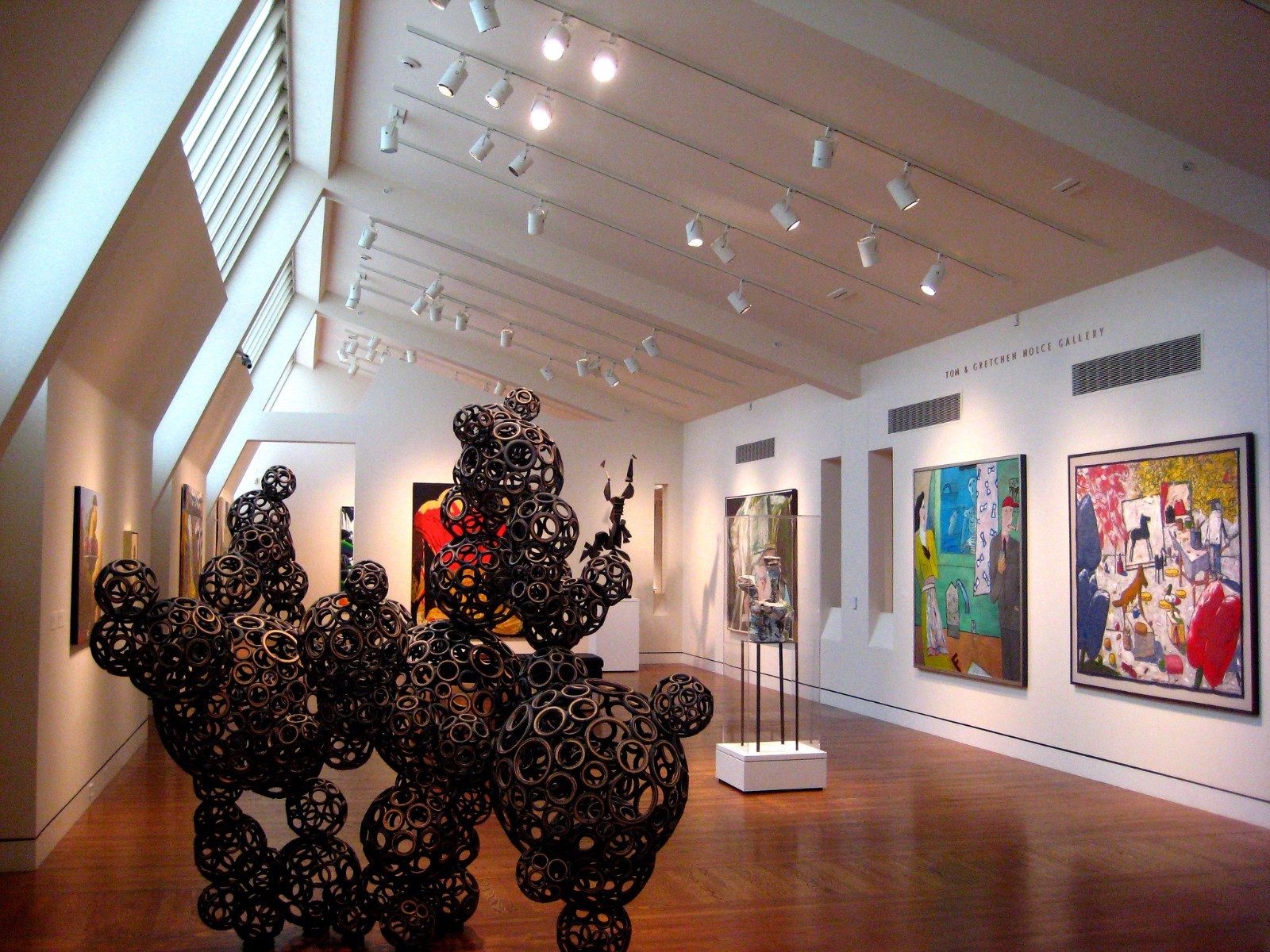
Every summer I teach a course called The Arts in Portland, Fine Arts 307. It’s a follow up to the core course, Fine Arts 207, but we allow students to take FA 307 as a substitute for FA 207. That means that some students have not had the basic introduction to film, music, theater, architecture, and visual arts.
I love the design of this summer course. We meet twice a week in the evening. Of the twelve sessions, nine are off-campus field trips. We attend plays and concerts, go to the First Thursday gallery openings and the Portland Art Museum, take an architecture walking tour, and even go to a jazz club. Students really enjoy these activities and learn a lot more than they would in a lecture. However, there is a real problem.
Given all the field trips, it is very difficult to prepare the students, particularly the ones who have not taken FA 207. They need to have a basic understanding of the art form and of some terminology specific to the discipline. That’s a challenge when you are on the road most of the time. I have held preparation sessions in theater lobbies and on the sidewalk, but that has not been as effective as I would like. So, for Summer 2016, I tried a new approach.
I had heard about the “flipped classroom” model. Frankly, this kind of trendy term is not appealing to me. I’m definitely not an early adopter; I let others try things out and then consider what seems to work well.
This model employs recordings that the teacher creates in advance and posts on Moodle. Students are expected to watch the recording and come to class with awareness of the ideas presented. Most often I hear that this is designed to cut down on lecture time and allow more time in class for discussion. In my summer course I have little lecture time, so they get the basic material in a recording and follow up with the experience.
PowerPoint slides are the basis for all my recordings. I already had most of them from teaching FA 207, so it was easy to play them and just talk about them as I would in class. I had to create a few specific ones for particular field trips, but again, all of the visuals were slides. I decided that my face need not appear on screen. They get enough of me already! [Note: the CaptureSpace tool used for recording can capture any combination of computer screen, slides, and/or webcam – Ed]
I’ve learned several things:
- Students will not take the recordings seriously unless you test on the material.
- I needed help to get started on the recordings. Ben Kahn, a trainer in Academic Technology Services came to my office and showed me how to do it on my computer. He even loaned me a USB headset/microphone.
- I wrote down everything that Ben told me, step by step, because I forget the specifics about an hour after a training session. That really saved me.
- The most practical thing I learned while recording is that you should leave a few seconds at the beginning and end without speaking. You will always need to trim the beginning and end. That’s a lot easier with a few seconds of silence.
- I accepted that these recordings would not be perfect. I’m not perfect in class, so I gave myself permission to be good enough, not perfect. As I learn more I can adapt and improve.
- It’s been invigorating to try something innovative at this stage in my career, after 28 years of teaching. Maybe this old dog can learn new tricks.
*Featured image for this post: Portland Art Museum by Stacey Kizer used under CCA 2.0
